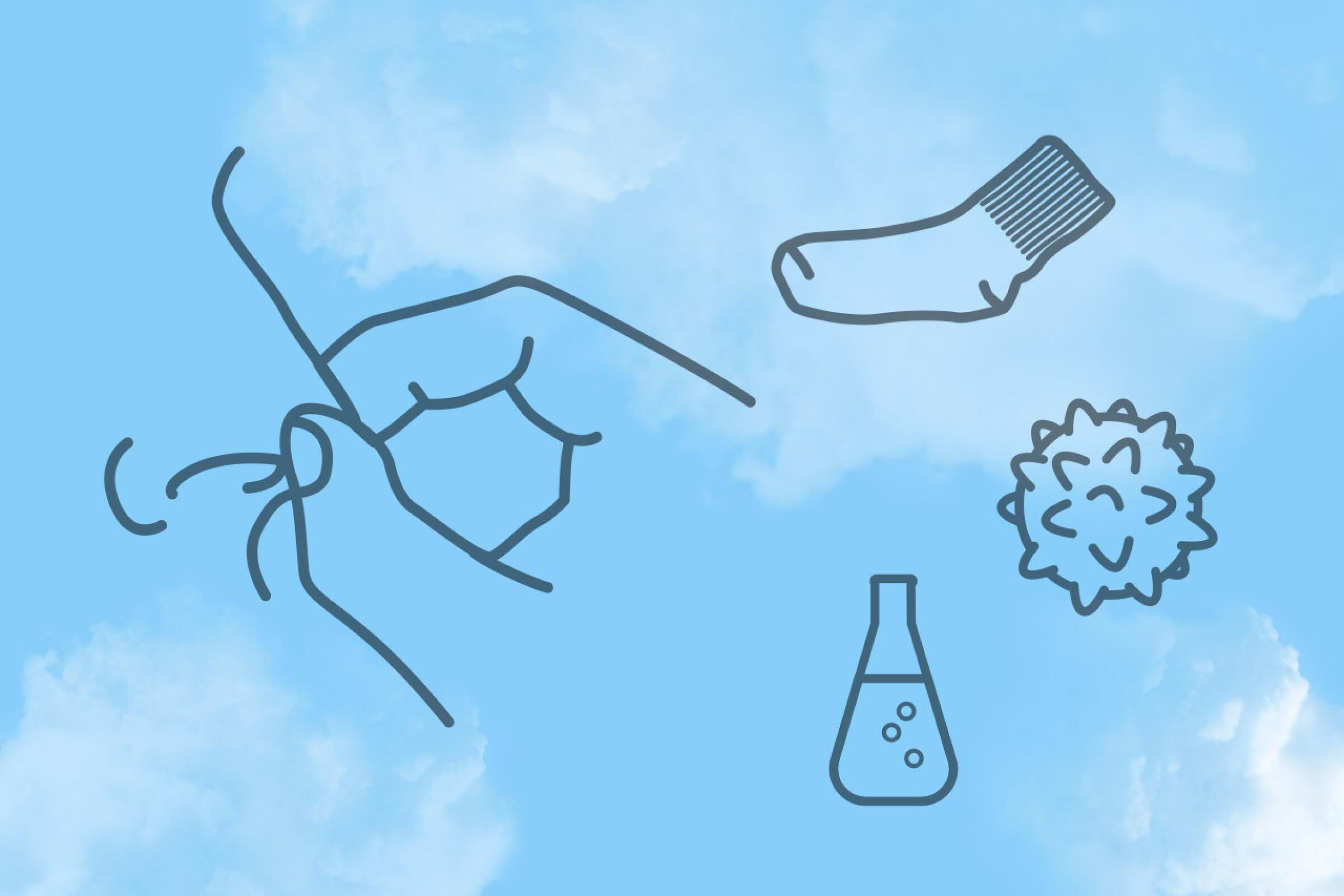Sign up for Essential California
The most important California stories and recommendations in your inbox every morning.
You may occasionally receive promotional content from the Los Angeles Times.
Follow Us
Kiera Feldman is a former reporter for the Los Angeles Times. Her work at the paper received two Gerald Loeb Awards, a Scripps Howard Award, a SABEW Award and a National Press Club Award. She was part of the team that was a 2023 Pulitzer Prize finalist for reporting on California’s troubled rollout of cannabis legalization. Before coming to The Times in 2019, she investigated New York City’s private trash industry for ProPublica, exposing corruption and the mistreatment of vulnerable workers, which led to a federal investigation and new city laws. She won a Livingston Award in 2015 for an investigation of college sexual assault mishandling.
More From the Los Angeles Times
Podcasts
In this episode, we discuss the history here, what lessons were learned — and not — and how that can inform what we we do this time around as we attempt to rebuild Altadena and the Pacific Palisades.
This week’s episode covers the sentencing and future legal proceedings for “The Ketamine Queen” — the doctor who pled guilty to supplying Matthew Perry with ketamine.
This week, “A Matter of Degrees,” hosted by Dr. Leah Stokes & Dr. Katharine Wilkinson, discuss how insurance companies are failing to accommodate for the impacts of climate change.
















